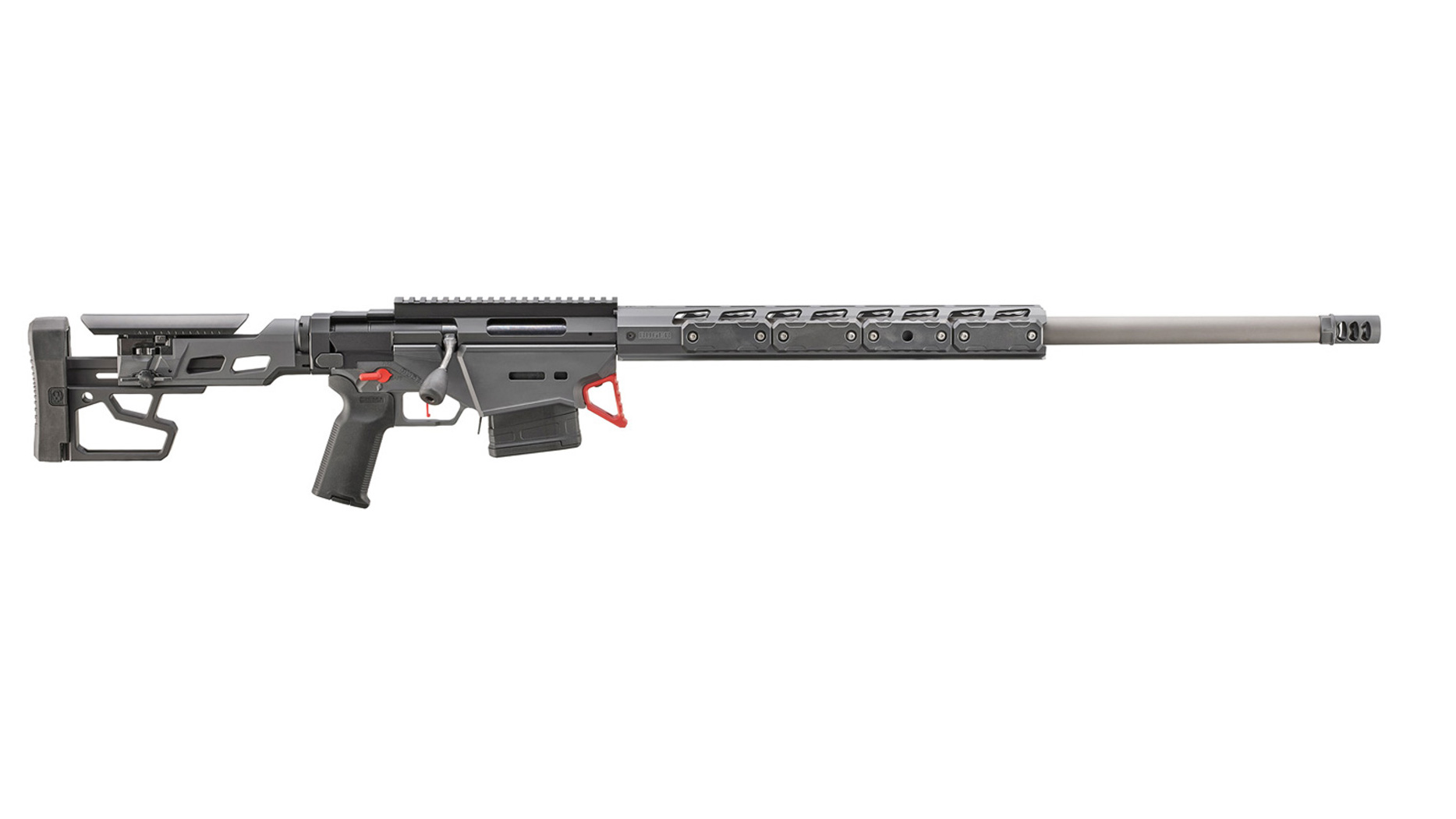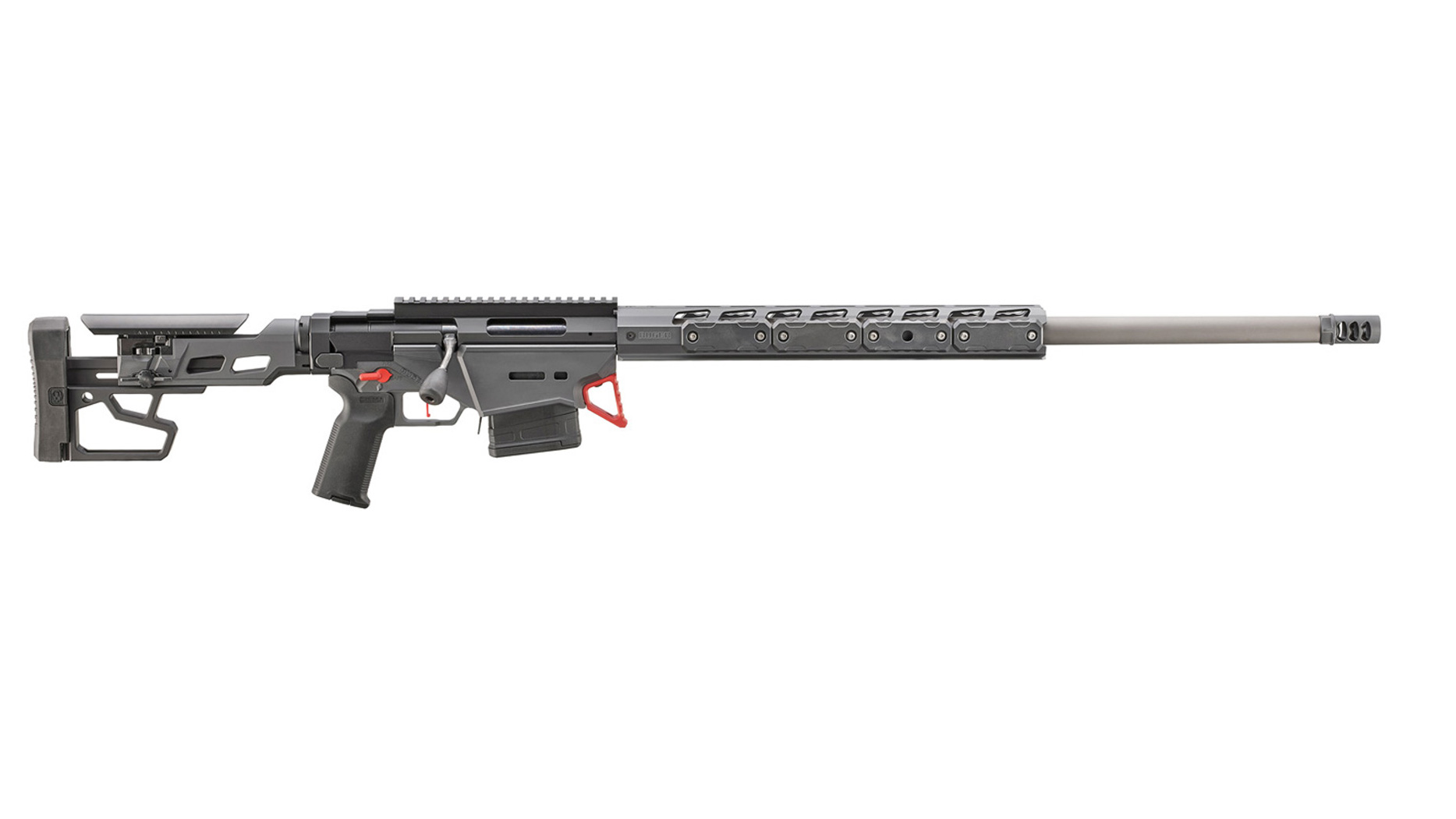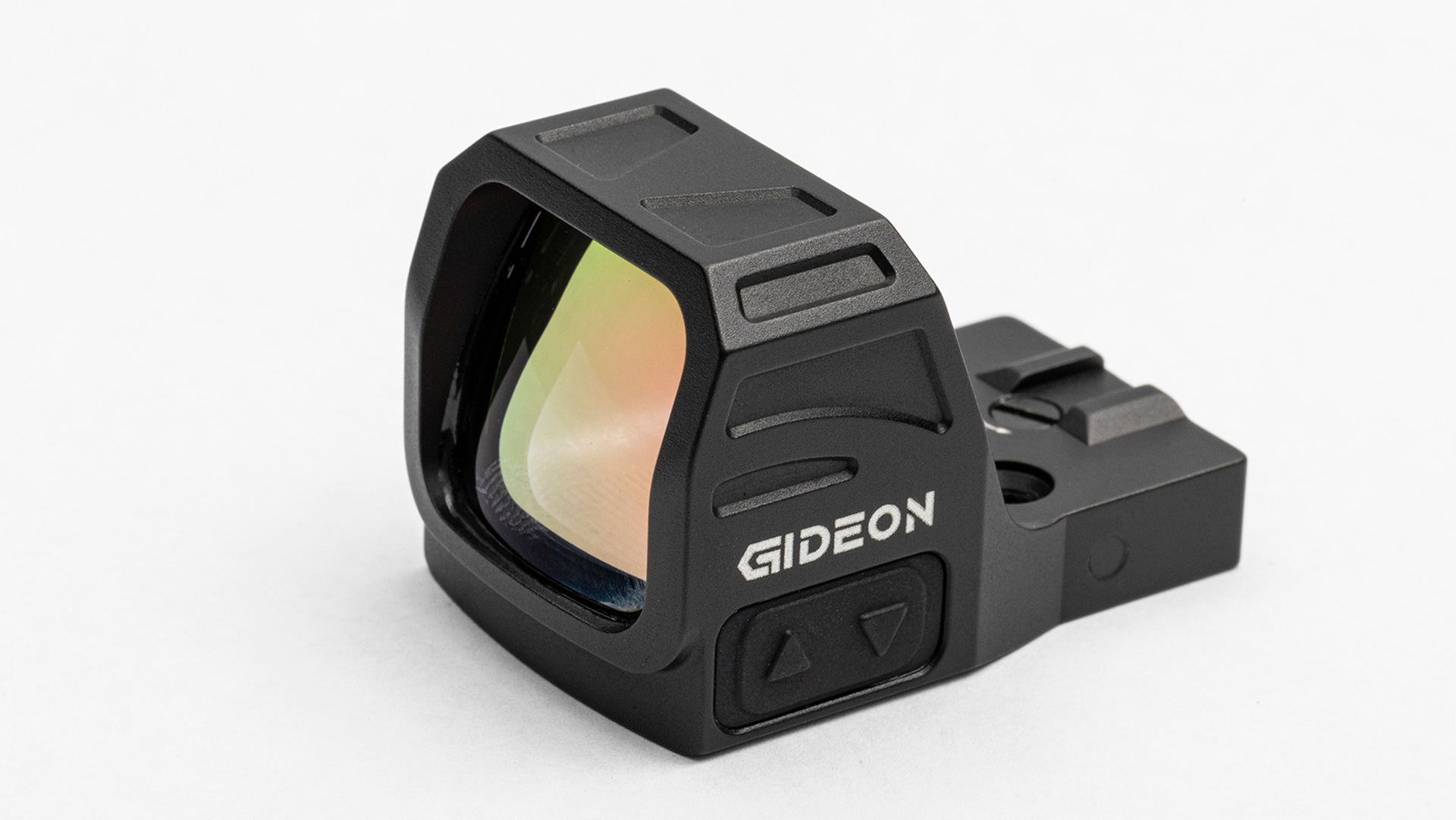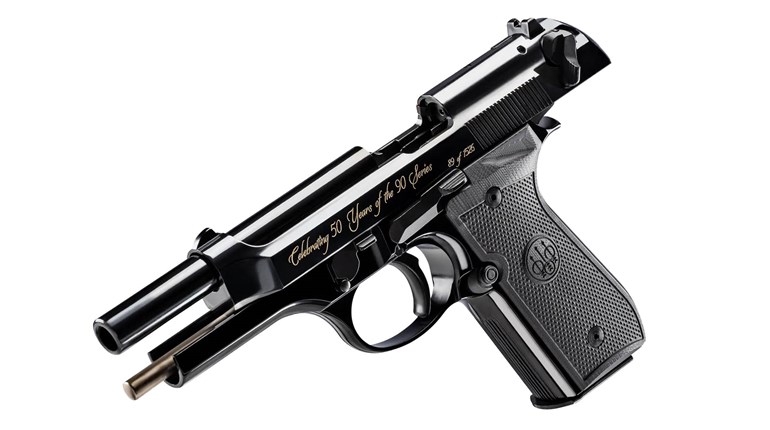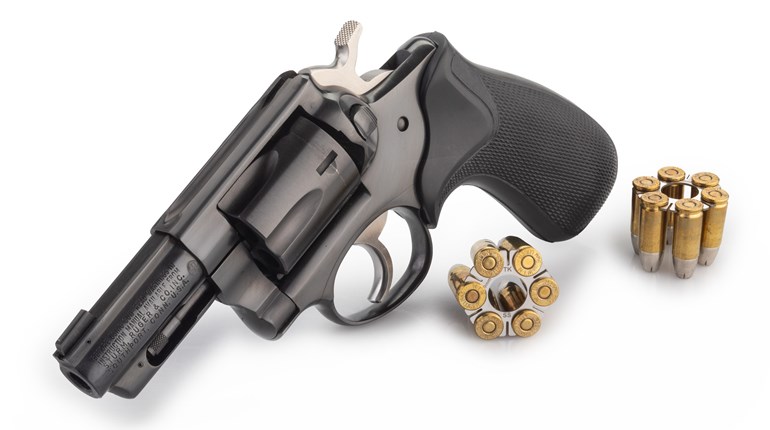
In these troubled times, every major city in America has a special organization within its police department. In different places, these special squads are called various things, but each exists to perform police services in emergency situations. New York’s designation of ESU (Emergency Services Unit) would seem to be perfectly apt, but lacks the symbolism of LAPD’s SWAT, a clever acronym standing for special weapons and tactics. The concept would seem to be sound—a small unit of police officers with special training and special equipment. Basically, these small specialty units are trained to deal with conflict situations of many sorts. Most typically, it’s the barricaded felon, hostage situation or major robbery kinds of incidents where there is a good chance that there will be shots fired. At the heart of the matter, SWAT teams are the latter-day evolution of the so-called “flying squads” of metropolitan cities in the early 20th century.
While this kind of police work was originally associated with metropolitan areas with dense populations, it has expanded to the point that every police agency in the country with more than a couple dozen officers has a SWAT team. They might vary some in effectiveness, but the basic idea of selected officers with specialized equipment makes a lot of sense. Certain types of firearms become more popular with the changing times, and the current favorite is some form of the M16/M4 carbine. A few years back, you just weren’t a SWAT cop unless you were packing one of those super-slick Heckler & Koch MP5 submachine guns. Naturally, many types of pistols have been used by special police units over the years, probably starting with the medium-size Colt and Smith & Wesson .38 Spl. revolvers of the early 20th century. Various types of short shotguns have likewise seen service with special operations policemen, right from the beginning. Still, the major weapon for this use has been some form of short rifle.
When the 20th century began, we were essentially a horse-drawn society. By the time of World War I, the gasoline-powered automobile was taking over. In a similar vein, at the turn of the century, the repeating-rifle market was dominated by the lever actions of Winchester, Marlin and Savage Arms. Within a few years, the clever designers in the employ of the great arms-making companies addressed the possibility of a powerful little rifle that reloaded its own chamber. It was the same thing in the handgun field. The auto-loading age was at hand, and police were among the first customers.
Two rifles (a Winchester and a Remington)were produced starting in 1907 and 1908. Both were intended for sporting uses, but were quickly put to work as special-use arms for law enforcement. Also, both were magazine-fed semi-automatics chambered for cartridges of intermediate power and range. Powerful enough to produce clean kills on deer and bear inside of 200 yards, they were actually ballistically sound for law enforcement service. The two semi-autos were the Winchester Model ’07 and the Remington Model 8.
The ’07 was seldom called that and usually was referred to as the “Three-Fifty-One” after the gun’s unusual cartridge. That was the .351 Winchester Self Loading, a round that delivered a 180-grain round-nosed bullet at about 1,850 fps. That formula equates to approximately 1,368 ft.-lbs. of energy. The .351 was a compact little cartridge just under 2 inches in overall length. Slightly smaller in bore diameter than other .35s, the .351 was never used in any other firearm. The Winchester rifle that fired it was a graceful gun with a beautifully fabricated receiver and barrel, as well as varnished-walnut butt and fore-end. In later years, a 15-round, single-column magazine was developed for law-enforcement use, but most .351s used the standard five-rounder.
So was the Remington Model 8 (named for 1908, the year of its introduction). Also produced by FN of Belgium as the 1900 Model, it was offered in four American chamberings: .25, .30, .32 and .35 Rem. This rifle worked as a semi-auto of the long recoil-operated type. When fired, the barrel and bolt initially recoiled together against the resistance of two recoil springs. The barrel actually recoiled inside a tubular jacket, which proved to be a reliable operating system.
Throughout the 1920s and ’30s, these two rifles were the guns of choice for progressive police agencies, including the federal ones. As longarms go, they both got heavy competition from the Thompson submachine gun. Even the lawbreakers of the day used them, including illegally altered, full-automatic ’07s with that familiar “Tommy Gun” fore-end added. Both guns got a boost to their police marketability when aftermarket firms produced increased-capacity magazines for them, a trend popular even today.
Probably the best-known police use of one of these rifles was when a former Texas Ranger shouldered one and fired a quick pair of shots at a murderous couple in a Ford Sedan on a rural road in Louisiana. Frank Hamer (on the trail of Bonnie and Clyde) liked the Model 8 Remington for his fightin’ iron.
